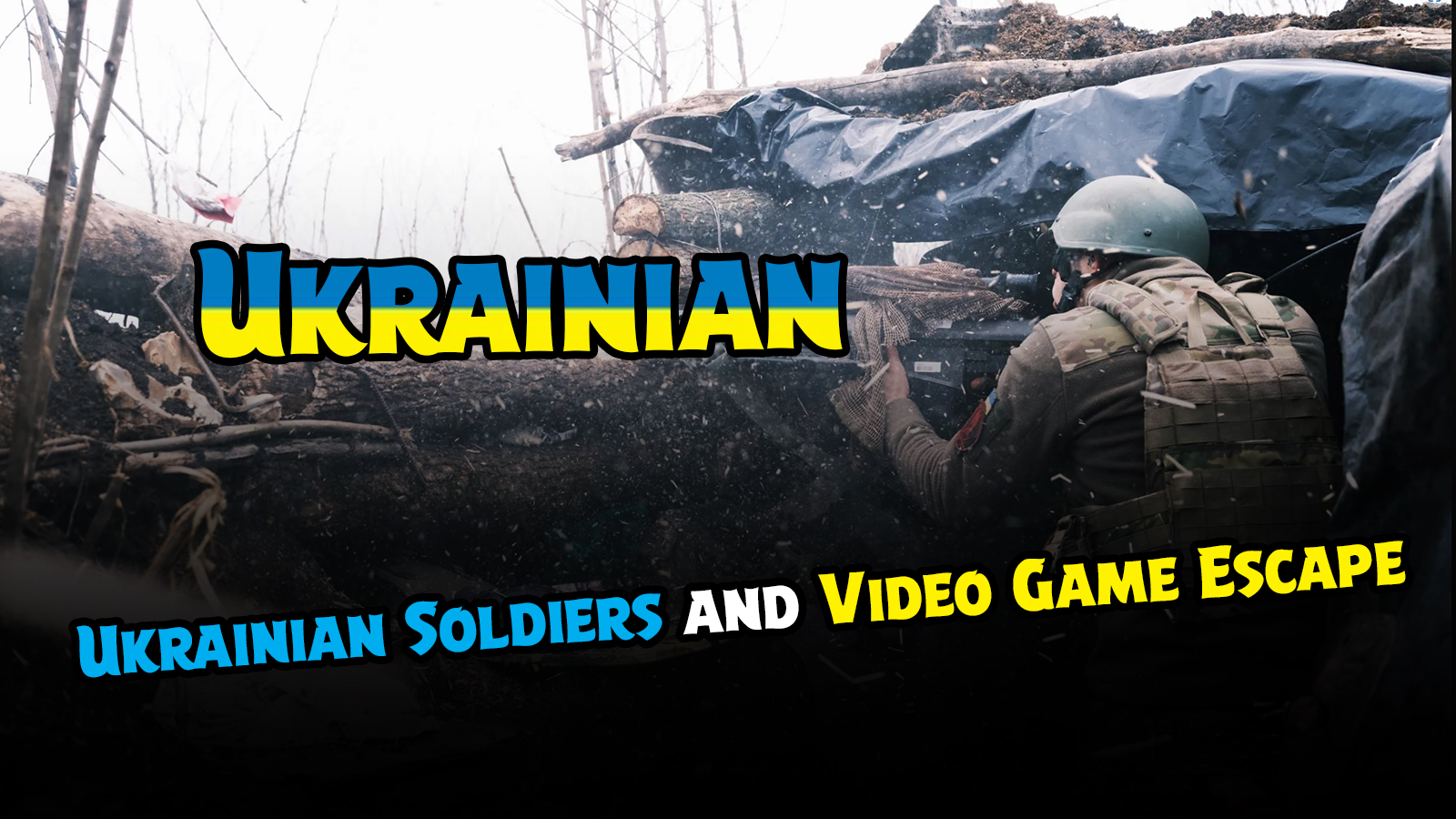World of Tanks: A Virtual Refuge for Ukranian Soldiers on the Front Line
In the midst of Europe’s most brutal land war since World War II, Ukrainian soldiers find solace in an unlikely place: video games. Among the several hundred miles of frontlines in Ukraine, soldiers have turned to playing “World of Tanks,” a multiplayer video game featuring virtual tank battles. This seemingly incongruous choice reflects a coping mechanism employed by soldiers to disassociate from the violence surrounding them. This article delves into the reasons behind Ukrainian soldiers’ affinity for video games on the frontline, examining how these virtual battles provide a unique form of escape and camaraderie amidst the horrors of war.
Disassociation and Coping Mechanism
Amidst the grim reality of a war zone, the allure of violent video games like “World of Tanks” lies in their ability to provide an escape through disassociation. The immersive experience of gaming allows soldiers to momentarily detach from the harsh realities of conflict, offering a reprieve from the constant stress and tension of the battlefield.
Virtual Battles Echoing Real War
“World of Tanks,” with its virtual tank battles and killing machines, serves as a haunting parallel to the actual war unfolding on the Ukrainian frontline. Soldiers find themselves locked in virtual duels that mirror their real-life experiences. This eerie connection bridges the gap between their reality and the digital realm, allowing them to process their emotions and experiences in a unique way.
Ubiquity of Technology on the Frontlines
With the prevalence of Starlink satellite internet and smartphones on Ukraine’s battlefields, soldiers have easy access to the digital world. The draw of mobile video games is undeniable, especially during long stretches of downtime marked by boredom. As the digital world becomes an integral part of modern warfare, soldiers are finding new ways to connect with technology and find respite from the chaos.
Exploring Soldiers’ Perspectives
The appeal of “World of Tanks” among Ukrainian soldiers is multifaceted. While some, like Lt. Nazar Vernyhora, find a connection between virtual and real-life tactics, others, like Sgt. Silver, view it as a continuation of a pastime that carried over from before the war. The game’s popularity has varied among different units, with some finding it difficult to engage in violent gaming amidst the ongoing conflict.
The Role of Company Background
The origins of the game’s development company, Wargaming Group, play a role in its popularity on the Ukrainian frontline. The company’s presence in the Russian region led to questions of its alignment with the conflict. After the invasion of Ukraine by Russia, the company’s shift of operations affected the popularity of the game, causing fluctuations in player numbers.
Camaraderie and Relaxation
For many wounded soldiers recovering away from the frontlines, violent video games like “World of Tanks” provide a means of relaxation and camaraderie. The ability to play with friends and fellow soldiers fosters a sense of connection and shared experiences, helping them cope with the physical and psychological toll of war.
Teamwork and Tactics
Both the virtual battles in the game and the real-life conflicts on the frontline require teamwork and strategic thinking. Many soldiers find that the skills they develop while playing “World of Tanks” can be translated to their real-world military roles. This overlap underscores the immersive and impactful nature of the game on their lives.
The Blurring Line Between Realities
Despite the allure of video games, soldiers acknowledge that the closer they are to the actual shelling and combat, the less appealing gaming becomes. The harsh realities of war often supersede the virtual distractions, emphasizing the inherent need for survival and vigilance on the frontline.
Conclusion
In the midst of a brutal conflict, Ukrainian soldiers turn to video games as a coping mechanism and source of camaraderie. “World of Tanks” provides an escape from the harsh realities of war, while its eerie similarities to the actual conflict offer soldiers a unique way to process their experiences. As technology continues to shape modern warfare, the integration of digital experiences on the frontline reflects the evolving nature of coping mechanisms in times of crisis.
Also Read: VIDEO GAMES REVOLUTIONIZE NEUROSCIENCE: UNVEILING THE BRAIN’S MOLECULE DYNAMICS
